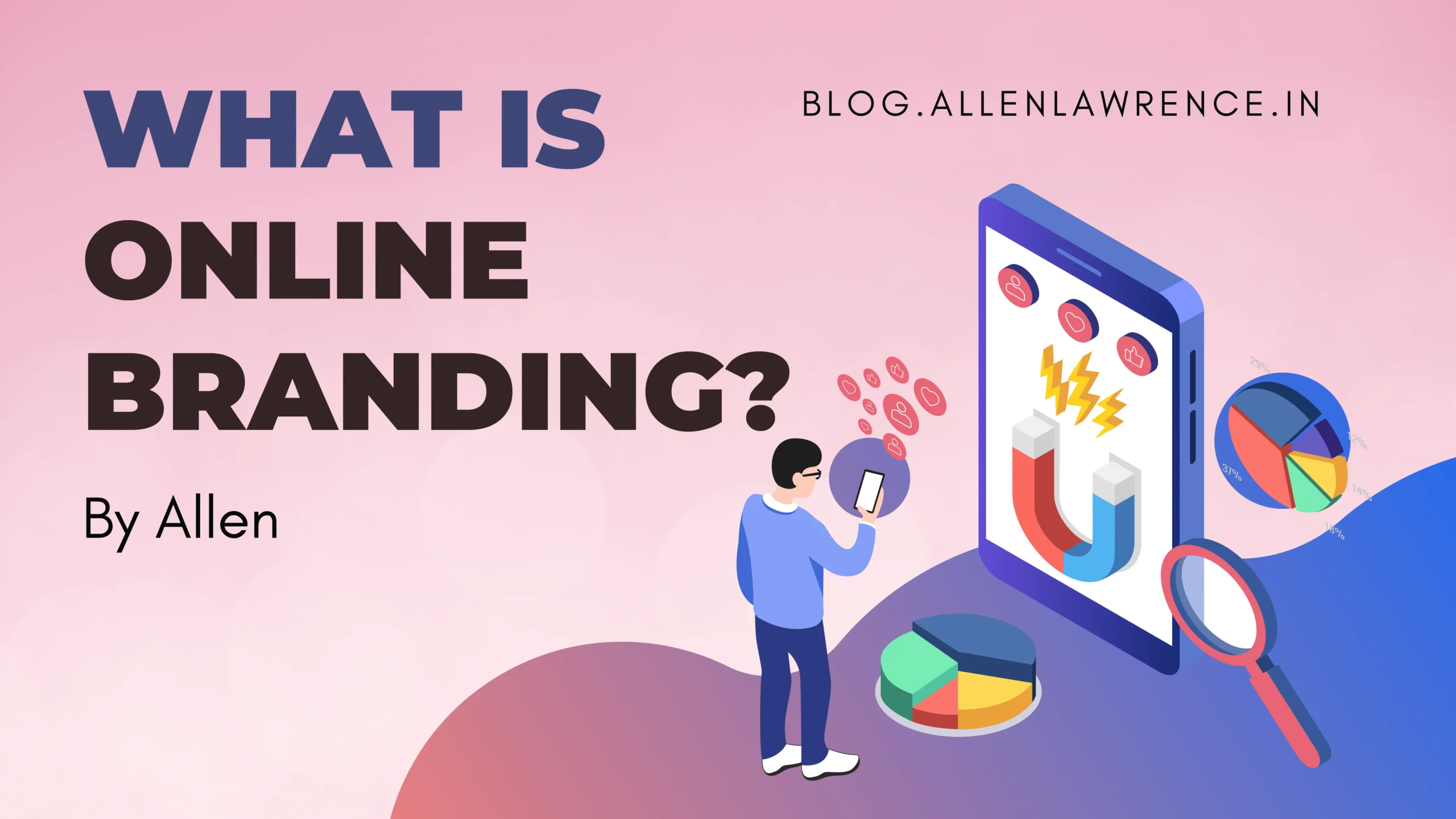The dynamic world of digital marketing thrives on innovation and calculated risks. Businesses that cling to outdated methods often fall behind, missing out on opportunities for growth while competitors seize the initiative. The digital landscape is filled with potential for those brave enough to take the plunge. This guide delves into the importance of calculated risks in digital marketing, offering insights and strategies to propel your brand forward.
The concept of "scared money doesn't make money" is particularly relevant in digital marketing. It emphasizes the need to move beyond fear-driven decision-making and embrace opportunities that, while uncertain, offer the potential for significant returns. This article will explore how playing it safe can hinder success, the importance of taking calculated risks, and real-world examples of how these strategies have paid off for various brands.
The Perils of Playing It Safe
Sticking to tried-and-true methods in a rapidly evolving digital landscape can lead to stagnation. Here's how playing it safe can hinder your success:
Missed Opportunities: Competitors willing to experiment can quickly gain an edge, leaving you behind. Consider Kodak, a pioneer in digital photography who hesitated to embrace the technology, allowing Canon and Sony to dominate the market. Despite inventing the digital camera, Kodak's reluctance to abandon its profitable film business led to its decline. Similarly, Blockbuster provides another cautionary tale. The video rental giant needed to recognize the potential of online streaming. He clung to its traditional brick-and-mortar model, ultimately paving the way for Netflix's dominance in the entertainment industry.
Limited Data: Taking calculated risks often involves experimenting with new ideas, which can yield valuable data. Businesses that avoid such exploration miss insights crucial for making informed decisions. For instance, A/B testing allows marketers to gather user preference data and optimize strategies. Imagine a clothing retailer hesitant to test different product images on their website. They might miss the valuable insights that A/B testing can provide, such as which image combination leads to a higher click-through rate.
Hiring Underqualified Resources: Businesses focused solely on saving money might hire less experienced or underqualified individuals for digital marketing tasks. However, experienced professionals with the right skills are essential for navigating complexities and implementing successful campaigns. Hiring an unqualified social media manager, for instance, could lead to a poorly executed campaign that damages your brand image and fails to generate leads.
Embracing Calculated Risks in Digital Marketing
To thrive in the competitive digital landscape, learning how to identify opportunities and embrace calculated risks is crucial. Here's how:
Identifying Opportunities: Effective research methods like A/B testing and competitor analysis can help uncover potential avenues for growth. A/B testing allows you to experiment with different campaigns or web pages. At the same time, competitor analysis involves studying their strategies to identify market gaps. Let's say you run an e-commerce store selling athletic wear. Through competitor analysis, you notice a gap in the market for yoga apparel specifically designed for plus-size women. This could be a lucrative opportunity to explore through targeted marketing campaigns.
Building a Risk Management Framework: Before launching a campaign, mitigate potential downsides with a risk management framework. This framework should include budget allocation, exit strategies, and contingency plans. Budget allocation ensures core business operations are protected by allocating specific funds for experimental projects. Exit strategies provide a clear plan for winding down unsuccessful initiatives and minimizing financial losses. Contingency plans outline steps if things go wrong, such as encountering technical difficulties during a social media campaign launch.
Data-Driven Decisions: Data is essential for measuring success and adapting strategies. Leverage analytics tools and performance metrics to track campaign effectiveness and adjust as needed. Tools like Google Analytics provide insights into website traffic, user behavior, and conversion rates, enabling data-driven optimization. Imagine you launch a pay-per-click (PPC) advertising campaign but notice a low click-through rate after a week. By analyzing the data, you can identify potential issues like irrelevant keywords or poorly written ad copy, allowing you to optimize the campaign for better results.
Ensuring Qualifications: When taking calculated risks, ensure your clients or marketers are well-qualified. Hire experienced professionals with a proven track record and provide ongoing training. Establish clear criteria for evaluating potential partners to ensure they have the necessary expertise for success. Partnering with a qualified SEO agency, for example, can help you navigate the complexities of search engine optimization and improve your website's organic ranking, driving more qualified traffic to your site.
Success Stories: Calculated Risks That Paid Off
Many brands have achieved remarkable growth by taking calculated risks in their digital marketing strategies:
Dollar Shave Club: This company disrupted the traditional razor market with a subscription service and a humorous viral video. This calculated risk paid off, generating significant buzz and attracting a large customer base, ultimately leading to a $1 billion acquisition by Unilever. The campaign's success demonstrated how a bold, innovative approach could challenge industry giants like Gillette.
Airbnb: Airbnb transformed the hospitality industry by offering an alternative to hotels. The founders leveraged digital platforms to connect travelers with homeowners, taking a significant risk that paid off due to their user-friendly website and unique business model. Initially, many doubted the concept's viability, but Airbnb's growth proved that calculated risks could redefine entire industries.
Old Spice: Facing declining sales, Old Spice took a risk with a bold and humorous advertising campaign targeting a younger audience. This campaign, featuring engaging content across various digital platforms, went viral, boosting brand awareness and sales and revitalizing the brand. The "The Man Your Man Could Smell Like" campaign became a classic example of how rebranding and risk-taking can rejuvenate a legacy brand.
Conclusion
Playing it safe in digital marketing can lead to stagnation and missed opportunities. By embracing calculated risks, businesses can unlock new avenues for growth, gather valuable data, and achieve significant success. This guide has provided insights and strategies for identifying opportunities, building a risk management framework, making data-driven decisions, and ensuring qualifications. Implement these strategies and embrace a data-driven approach to calculated risk-taking to navigate the dynamic digital landscape and achieve remarkable growth.
Bonus Section: Common “Scared Money” Fears in Digital Marketing
Many businesses hesitate to take risks due to common fears. Here are some ways to address them:
Wasting Budget: Thorough research and planning minimize the chances of financial loss. Focus on projects with a high potential return on investment (ROI) and set clear budget limitations.
Damaging Brand Reputation: Careful planning and data-driven decisions can mitigate this concern. A/B tests new marketing materials before a full launch and monitors brand sentiment to identify potential issues early on.
Uncertain ROI: While there's always some uncertainty, leveraging data and analytics can increase the likelihood of positive ROI. Track key performance indicators (KPIs) and adjust strategies based on results.
Fear of Failure: Failure is often a stepping stone to success. Learn from mistakes, adapt your strategies, and don't be afraid to experiment.
Resistance to Change: Embracing change is essential for staying competitive. Regularly assess your digital marketing strategy and be prepared to adjust based on industry trends and competitor analysis.
In-Depth FAQs
1. What does "scared money doesn't make money" mean in digital marketing?
It refers to the idea that overly cautious and avoiding risks can limit growth and opportunities in digital marketing.
2. Why is taking calculated risks important in digital marketing?
Calculated risks allow businesses to innovate, stay competitive, and grow significantly.
3. How can businesses identify opportunities for calculated risks?
Companies can identify opportunities through research methods like A/B testing and competitor analysis.
4. What is a risk management framework, and why is it important?
A risk management framework is a plan for mitigating risks before launching a campaign. It is important for minimizing potential downsides and ensuring business stability.
5. How can data-driven decisions improve digital marketing strategies?
Data-driven choices allow businesses to track campaign performance, make informed adjustments, and optimize strategy for better results.
6. Why is hiring qualified resources essential for taking calculated risks?
Qualified resources have the expertise and experience to execute complex digital marketing strategies effectively, reducing the likelihood of failure.
7. Can you provide an example of a company that failed due to overly cautious marketing strategies?
Kodak is a well-known example of a company that failed to embrace digital photography fully, leading to its decline.
8. What are some common fears associated with taking risks in digital marketing?
Common worries include wasting budget, damaging brand reputation, uncertain ROI, fear of failure, and resistance to change.
9. How can businesses overcome the fear of wasting budget when taking risks?
By conducting thorough research and planning, companies can minimize the chances of financial loss and make more informed decisions.




